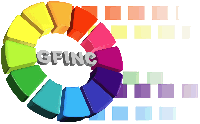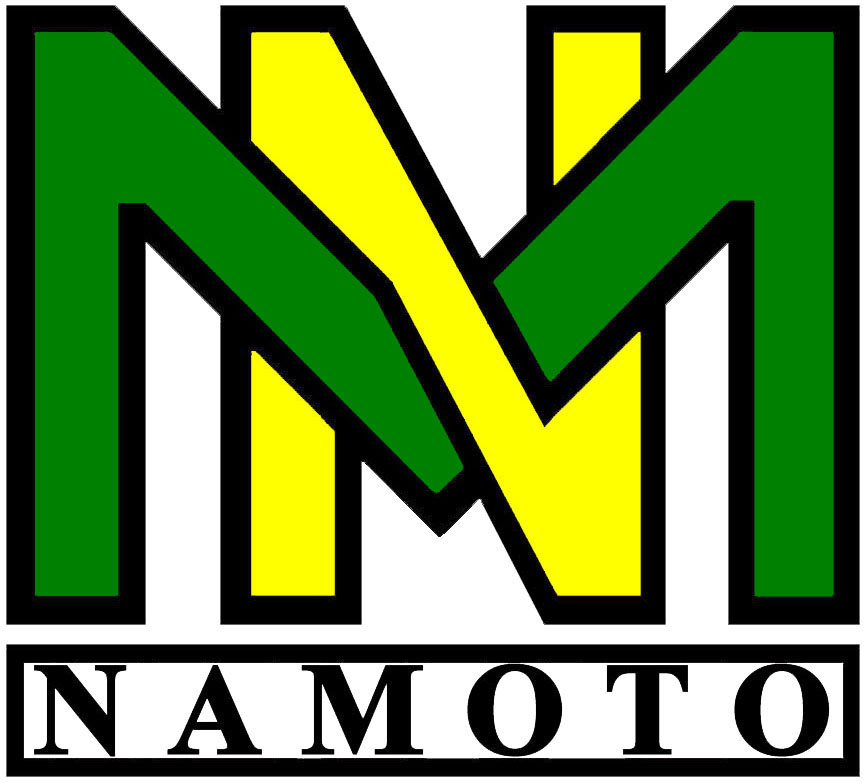Keynote
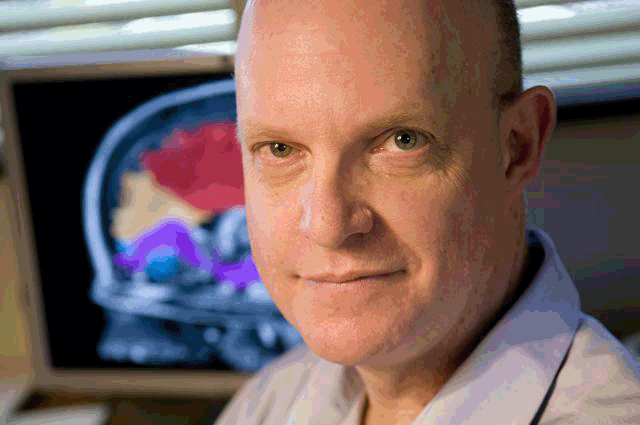
Prof. Brian A. Wandell
(Stanford University, United States)
Talk title :
"Color Perception Networks in Human Cortex"
Color has been an excellent model system for developing a quantitative understanding of visual perception. We understand a great deal about the physical signal that initiates color perception, and this knowledge has led to a precise understanding of the retinal encoding of the color signal. A next challenge is to understand how these retinal signals are interpreted by cortical circuits of the brain.
Over the last twenty years, a number of studies have analyzed how human visual cortex responds to retinal signals and creates the experience of color. These studies used a range of methods - including cortical lesions, non-invasive measurements with functional MRI, and intracranial measurements using electrodes implanted within the brain. We now understand that the responses to colored stimuli are distributed throughout cortex, but lesions in certain specific locations are particularly likely to interfere with the ability to judge color appearance. Each cortical region has its own spatial and temporal and chromatic sensitivity, and these quantitative measures suggest specific functional tasks for each region. This talk will be an introduction to the field of human neuroimaging of color networks, summarizing findings from several labs.
Collaborative work with H. Horiguchi, J. Winawer, and H. Takemura
Invited Talks
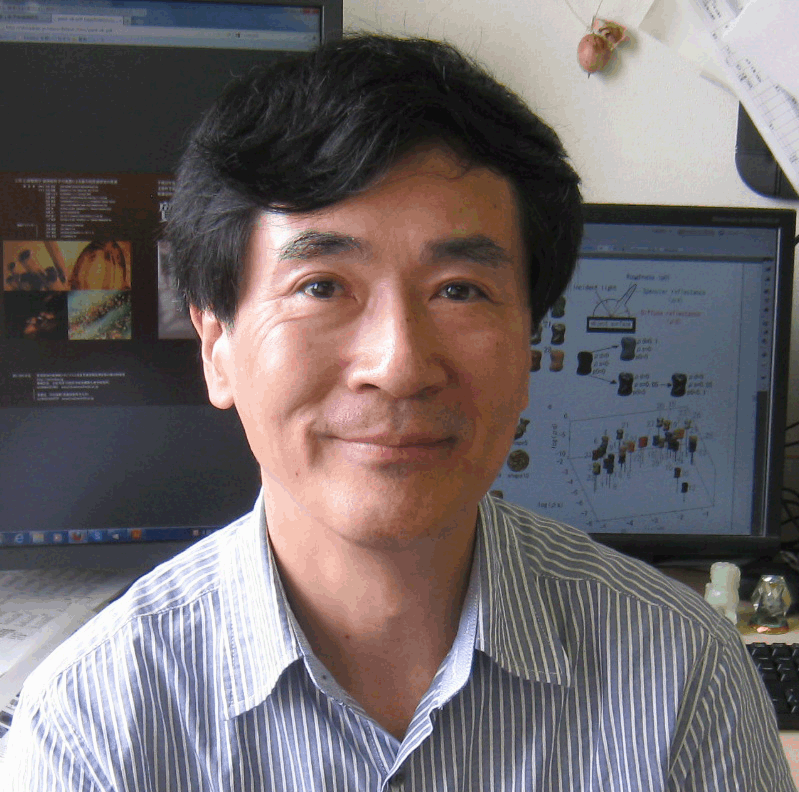
Prof. Hidehiko Komatsu
(National Institute for Physiological Sciences, Japan)
Talk title :
"'Yellow' or 'Gold'? : Neural Processing of Gloss Information"
Although color term 'Gold' is commonly used, traditional color science cannot deal with 'Gold' because there is no region corresponding to 'Gold' in the chromaticity diagram generated based on the color matching experiments. Appearance of an object changes from 'Yellow' to 'Gold' with an increase in the specular reflectance, and understanding how we discriminate 'Gold' from 'Yellow' is tightly related to an important problem of how we perceive surface reflectance or gloss of objects. To understand neural processes underlying gloss perception, we conducted a series of experiments. When we compared neural activities evoked by objects with specular and matte surfaces using functional magnetic resonance imaging in monkeys, stronger activities to specular surface were observed in areas along the ventral pathway of the visual cortex including the inferior temporal (IT) cortex that plays an essential role in object discrimination. We also recorded single neuron activities from IT cortex and found that there exist neurons that are selectively responding to specific gloss, and that as a population, these neurons systematically represent a variety of glosses. We speculate that visual features distinguishing surface glosses are detected in early visual areas and this information is integrated along the ventral visual pathway to form neural representation of a variety of glosses of object images in IT cortex. Neural mechanisms underlying discrimination between 'Gold' and 'Yellow' should at least in part lie in this process.

Prof. James A. Ferwerda
(Rochester Institute of Technology, United States)
Talk title :
"Tangible Images : Bridging the Real and Virtual Worlds"
In this talk we present our efforts to create tangible imaging systems that provide rich virtual representations of real-world surfaces. Tangible imaging systems have three main properties: 1) the images produced must be visually realistic; 2) the images must be responsive to user interaction; and 3) the images must be situated, appearing to be integrated with their environments. Our current system, based on a computer, LCD display, light and position sensors, and graphics rendering tools meets all these requirements; supporting the accurate simulation of the appearances of surfaces with complex textures and material properties, and allowing users to interact with and experience these virtual surfaces as if they were real ones. We first describe the components of our current system and its implementation. We then illustrate the system's capabilities for simulating the appearances and behaviors of real-world surfaces. Finally we describe some potential applications of tangible imaging systems and discuss limitations and future work.
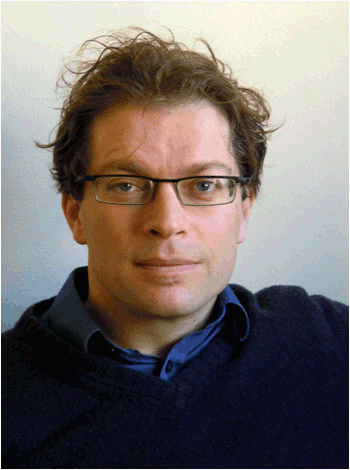
Dr. Joost van de Weijer
(Computer Vision Center Barcelona, Spain)
Talk title :
"Combining Color and Shape for Object Recognition"
For many object recognition systems it is important to combine information from various cues. The two main strategies to combine multiple cues, known as early- and late fusion both suffer from significant drawbacks. In this talk I present two novel methods for combining shape and color cues. Firstly, I discuss a method which is motivated from human color vision, called Color Attention. Color is used to construct a top-down category-specific attention map. The color attention map is then further deployed to modulate the shape features by taking more features from regions within an image that are likely to contain an object instance. Secondly, I will outline an information theoretical approach to the problem of color and shape combination. This leads to a novel approach to the construction of visual word dictionaries, which we coined Portmanteau vocabulary. Evaluation of both approaches on several benchmark data sets shows that the proposed methods outperform both early- and late fusion.
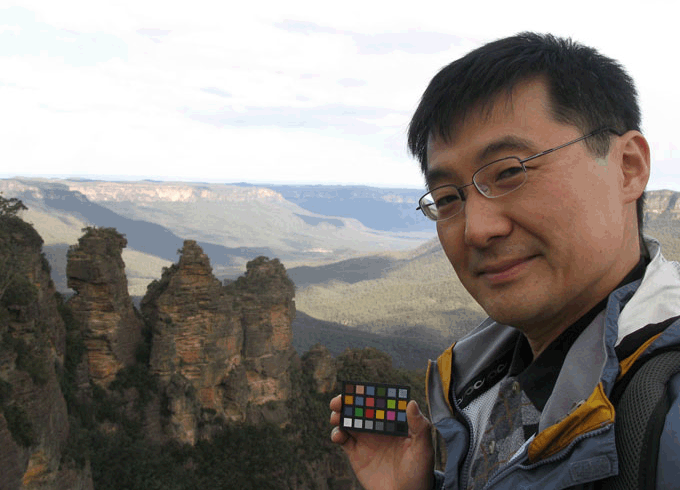
Dr. Francisco Imai
(Canon U.S.A. Inc, United States)
Talk title :
"Computational Spectral Imaging based on Adaptive Spectral Imaging"
This paper presents a new paradigm on adaptive spectral imaging to address practical spectral imaging issues such as robustness of spectral estimation transform, dependency on training sample set and impact of non-uniform illumination on estimation accuracy. Computational spectral imaging using re-configurable imaging sensors with tunable spectral sensitivities is introduced as a possible powerful approach to address these practical spectral reconstruction issues. As an example of effectiveness of reconfigurable imaging sensor embodiment, experiments and results previously presented at the IS&T/SID 19th Color and Imaging Conference is reviewed mentioning potential applications and implementations of proposed computational spectral imaging.








